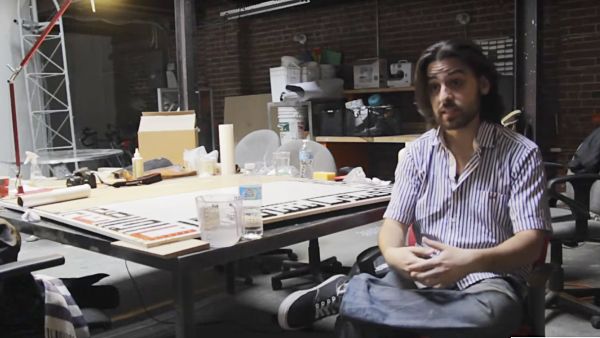Computer programming languages already execute billions of commands and can be used to create art. But with most programming languages being based on Latin characters, they tend to fall apart when it comes to Arabic. Even people who aren't programmers, but have tried typing in Arabic have encountered problems: the text doesn't align right, the letters don't connect, you need special plugins to make the text work at all, and so on.
Alb, meaning "heart," an Arabic programming language, aims to change that. And it understands the traditional Arabic art form of calligraphy.
Ramsey Nasser, a computer scientist based in New York with a degree from the American University in Beirut, thinks anyone should be able to learn how to code. But that also means you most likely need to be able to at least read and write Latin characters, much of it containing English words.
“Practically speaking, it’s more sensible to just learn English in order to learn code," Nasser said in an interview with Animal New York.
But with everything being Latin-based, he says, programming languages don't account for "cultural biases" of coding. It favors coders that grew up at least partly bilingual. And it also limits some of the possibilities that exist in the aesthetics of writing in a cursive script like Arabic.
Taking his coding one step further, Nasser uses traditional computer science algorithms, puts them through Qalb, and creates calligraphy pieces with them, "effectively treating the algorithms as high poetry," Nasser writes.
Challenging cultural biases in tech, and bridging coding with the aesthetics of a traditional art form? Maybe more geeks will start learning Arabic so they can code with "heart."
Video via Eyebeam/Animal New York









